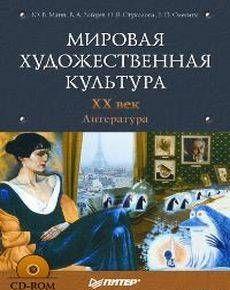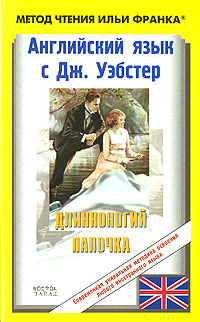
Аннотация
Neo is an artificially constructed international auxiliary language created by Arturo Alfandari, a Belgian diplomat of Italian descent. The language combines features of Esperanto, Ido, Novial and Volapük. The root base of the language and grammar (in contrast to that of Esperanto and Ido) are closely related to that of the English language.
The English edition of the “M6thode Rapide de Neo,f (Brussels, 1965) needed much more preparation and time than we had expected ; the work of translating the dictionary from French-Neo to English-Neo proved to be particularly arduous; no doubt there are many imperfections; for there is seldom an exact match between a term in one language and a term in another; we hope readers will bring to our attention the errors they happen to notice. The coverage is considerably greater than for the M6thode Rapide, and we estimate the present size at about 20,000 words for either part.
The delay in publication of the English edition has provided the opportunity of amending a few NEO words and grammatical usages — without impairing the essential structure of the language. Language has to adapt itself to the needs of the day and to take account of advances in technology; otherwise it runs the risk of being discarded like the Latin that was left behind by its all too prolific progeny. We would have liked to express our thanks to Mr. Douglas S. Blacklock who gave freely of his time for the early publication of this Rapid Method; but he too is well aware of the imperfections that must attend any such compilation — and of the great debt which all linguistic engineers owe to those who have toiled in the same field before their time. So perhaps it would be invidious to single out Mr. Blacklock or any other individual; all we can say is that without him the book could not have been published in the year after International Cooperation Year.
We wish to express to Mr. N. H. Divall, 5, Cliveden Road, London S. W. 19, our warmest thanks for his help in the correction of the printing proofs.



![Учебник для изучения татарского языка в русских школах, датируемый 1925 годом, и, если не ошибаюсь, это один из первых учебников татарского языка написанный для... Rus Maktablare Ochn Tatar Tle Darslege [Рус мәктәпләре өчен татар теле дәреслеге - Русь мяктябляре учюн татар тлэ дярслеги - Учебник татарского языка для русских школ (арабская графика)]](https://www.rulit.me/data/programs/images/rus-maktablare-ochn-tatar-tle-darslege-rus-m_258342.jpg)
Комментарии к книге "Rapid method of Neo"